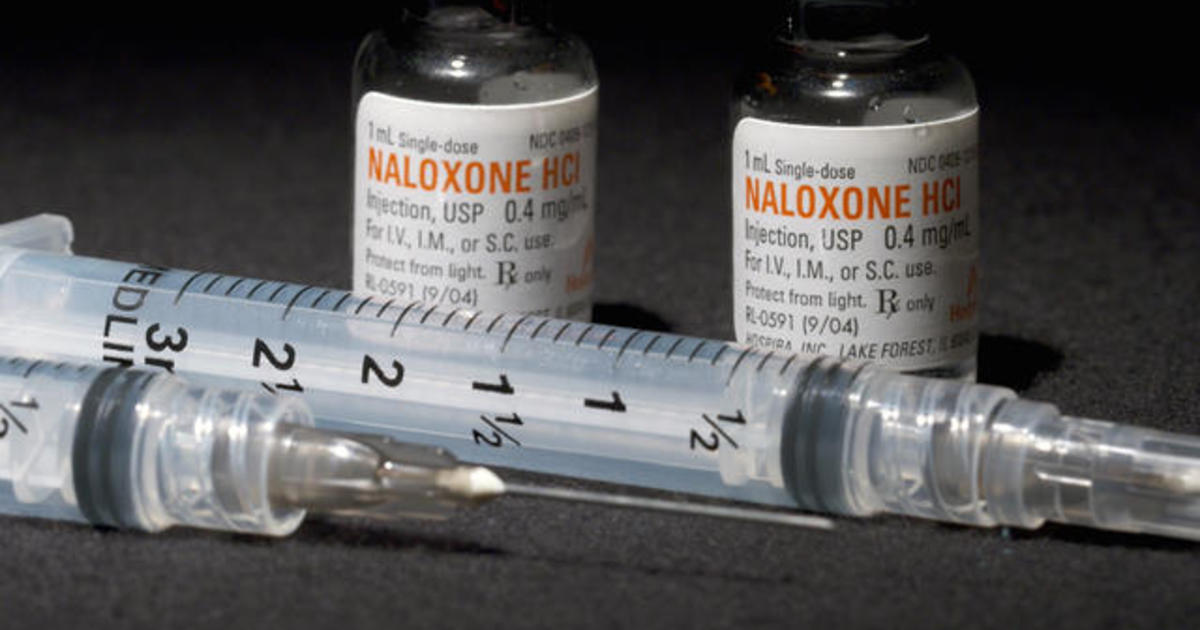What Is Naloxone?
Naloxone, commonly marketed under Narcan, is an opioid overdose antidote. It has saved countless lives over the years and is available at most pharmacies.
What is naloxone? If you have ever abused opioids or opiates or know someone who did, you’re probably more than familiar with this prescription medication. It’s essentially a holy grail for all opioid addicts and users. It reverses the effects of an overdose, so that the victim will resume normal breathing. Naloxone basically buys the opioid addict enough time to get medical help. This drug is FDA approved.
“From 1996 to 2014, naloxone reversed at least 26,500 opioid overdoses.”
Anyone can administer naloxone nowadays thanks to the Good Samaritan Law. If you witness an opioid overdose and administer naloxone, you cannot be held responsible for any civil liabilities. Learn more about this miracle overdose reversal drug below.
What Forms Do Naloxone Come In?
Naloxone is a bit unique because it comes in three forms that need to be administered in completely different ways. The different forms of naloxone include:
- An injectable that contains a generic version of the drug. These naloxone kits don’t come pre-assembled, which is why they are only used by trained professional, like law enforcement officers.
- An auto-injectable sold under the brand name EVZIO®. This drug is basically an injection. You’ll inject the drug into a muscle. Once you open the package, it activates and gives you verbal instructions on what to do.
- A nasal spray sold under brand name NARCAN®. This is perhaps one of the most popular forms of naloxone. It’s easy to use because you don’t have to inject it into a muscle. All you need to do is spray the medication into one nostril.
The various forms of naloxone are fairly easy to administer. One dose of naloxone will usually be enough. Results should kick in within 5 minutes. Take a look at the video below to get a better idea on how to administer this drug:
How Does It Work?
Naloxone is an opioid antagonist. This means that it attaches to opioid receptors in the central nervous system (CNS). Instead of stimulating the receptors to elicit a response, naloxone basically acts like a shield. It blocks the receptors from being further stimulated by any other opioids that may be in the individual’s system. In short, it’s blocking the effects of opioids, like oxycodone, heroin and hydrocodone.
This prevents the overdose victim’s condition from worsening. With that said, this prescription drug will only be blocking opioid receptors for at most 90 minutes. If the opioids have not been cleared from the body yet, they can still attach to the receptors and cause the drug abuser to overdose.
Don’t Wait for an Overdose. Get Help Now!
If you’ve overdosed on an opioid, take it as a warning. You definitely need help. You might not be so lucky next time that you overdose. The best thing that you can do for yourself is to seek addiction treatment at a drug rehab facility. You’ll need opiate detox services, behavioral therapy, counseling and more.
Just because you haven’t overdosed yet, it doesn’t mean that you’re fine. You might be skating on thin ice. If you suspect that you have an addiction to opioids, get help immediately. Seek substance abuse treatment as soon as possible.

